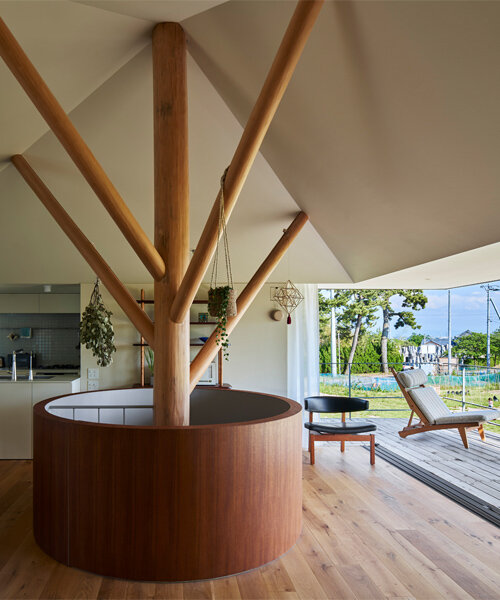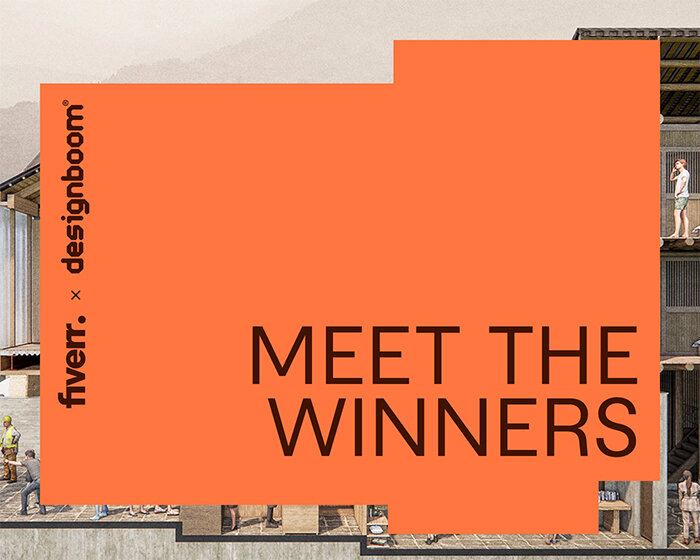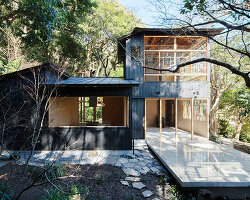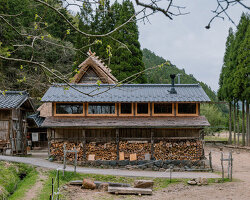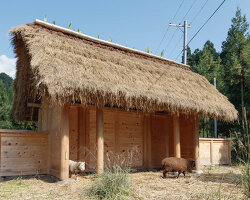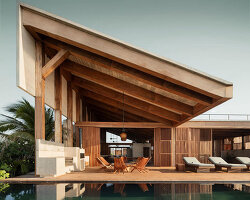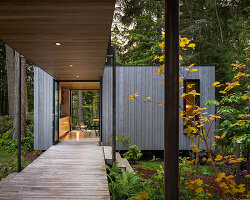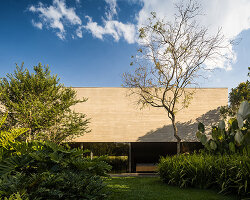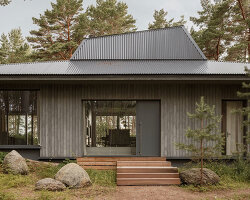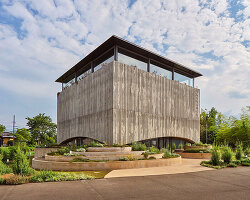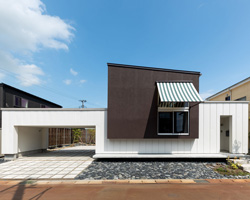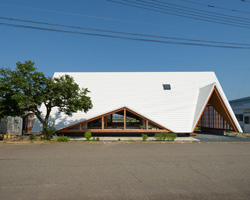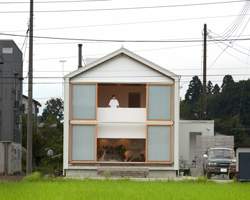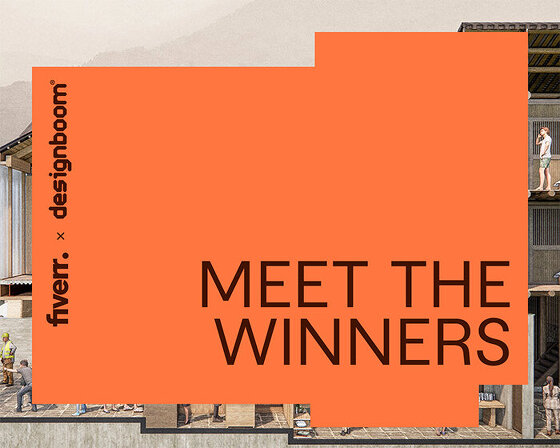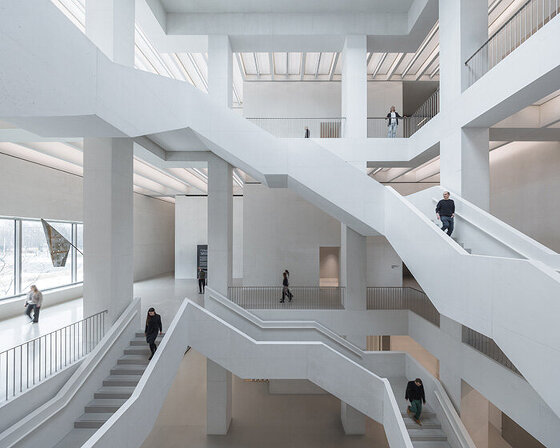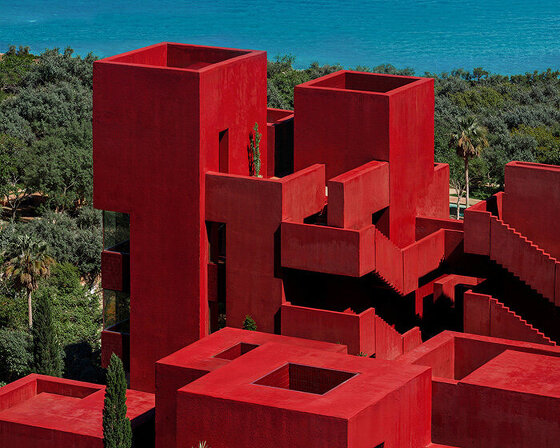takeru shoji architects’ toga house in japan
atop the niigata sand dune range in the outskirts of nishi ward, japan, sits the toga house by takeru shoji architects. surrounded by large and expansive grasslands, the project is a family residence that embodies the characteristics of the site: extreme sparsity and steep height modulations. coupled with no future on-site development plans, the natural setting raised one key question: how does one tie in the vast grassland and draw it into the daily lives of the residents, while also evoking a sense of security? to bridge those contrasting notions of intimacy and expansiveness, the architects applied a primitive building technique of digging, piling and embedding pillars in sand to construct an umbrella-like structure.
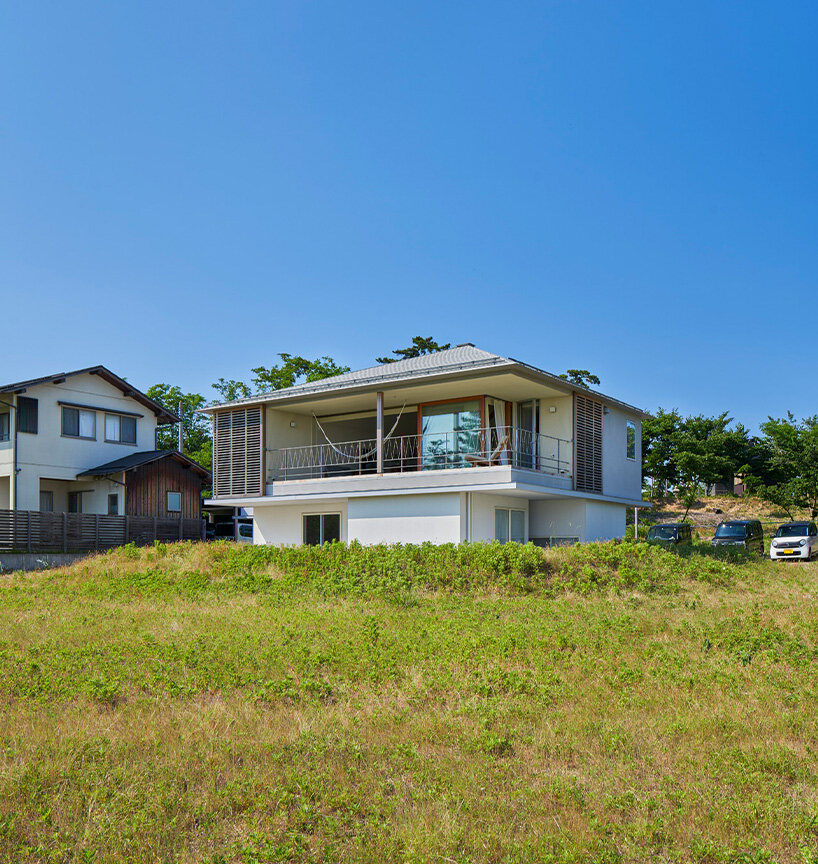
all images © koji fujii / TOREAL
a half-sunken house deeply connecting to the open grasslands
the team at takeru shoji architects situated the house inside a shallow excavation area, and the excavated sand was then used to fill up the surroundings – creating a soft boundary between the building and the vast, open grasslands. this gives all rooms on the first floor a higher degree of privacy. additionally, since the house is half-sunken, the height of the second floor reaches slightly above the ground level. that way, a person standing in the house feels like they have their feet dug deep inside the earth, encapsulating the sense of security that one might get inside a cave, and their line of sight brings them closer to the surrounding grasslands. ‘this creates a deeper connection between the residents and this vast open land that couldn’t have been achieved if they lived atop this land,’ explains the team.
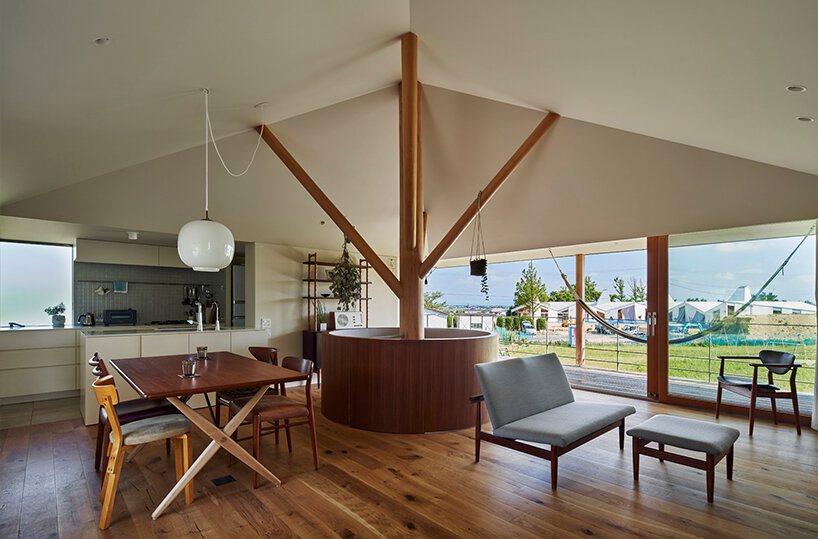
the LDK space includes a diagonal wooden bracing that creates a column-free opening inside the house
inserting wooden accents to create spatial flow
the living-dining-kitchen space (LDK), situated on the second floor, is punctuated by two distinct features. the first is a 360mm single pillar that holds the staircase and supports the roof. to give it a strong presence, every detail of the pillar – from staircase treads to hardware insertions – is made of wood. similarly, a tree-shaped wooden structure with diagonal bracing sits between the staircase and roof corner – creating a large and column-free opening within the LDK area. the sliding doors within that opening allow the living spaces to expand into the terrace facing the open grasslands, birthing a spatial continuity that flows outwards.
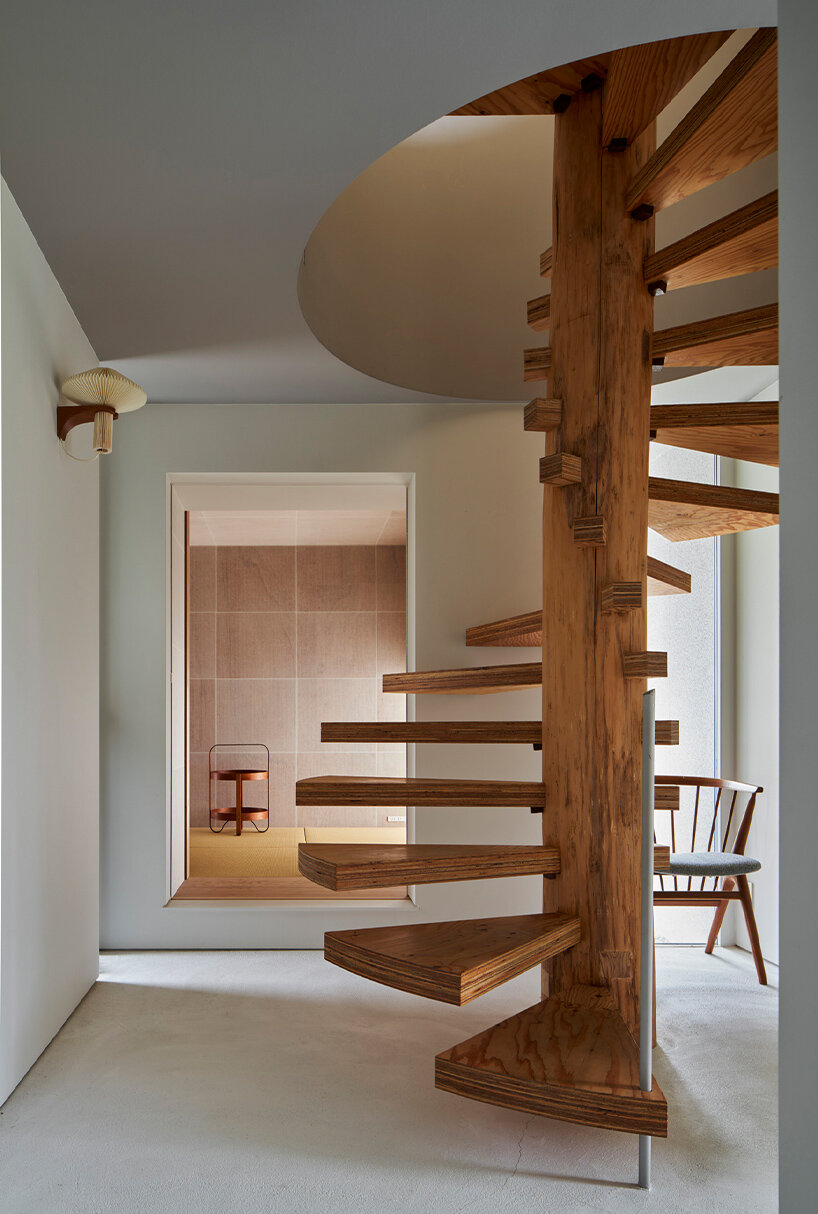
a central, 360mm pillar made entirely of wood
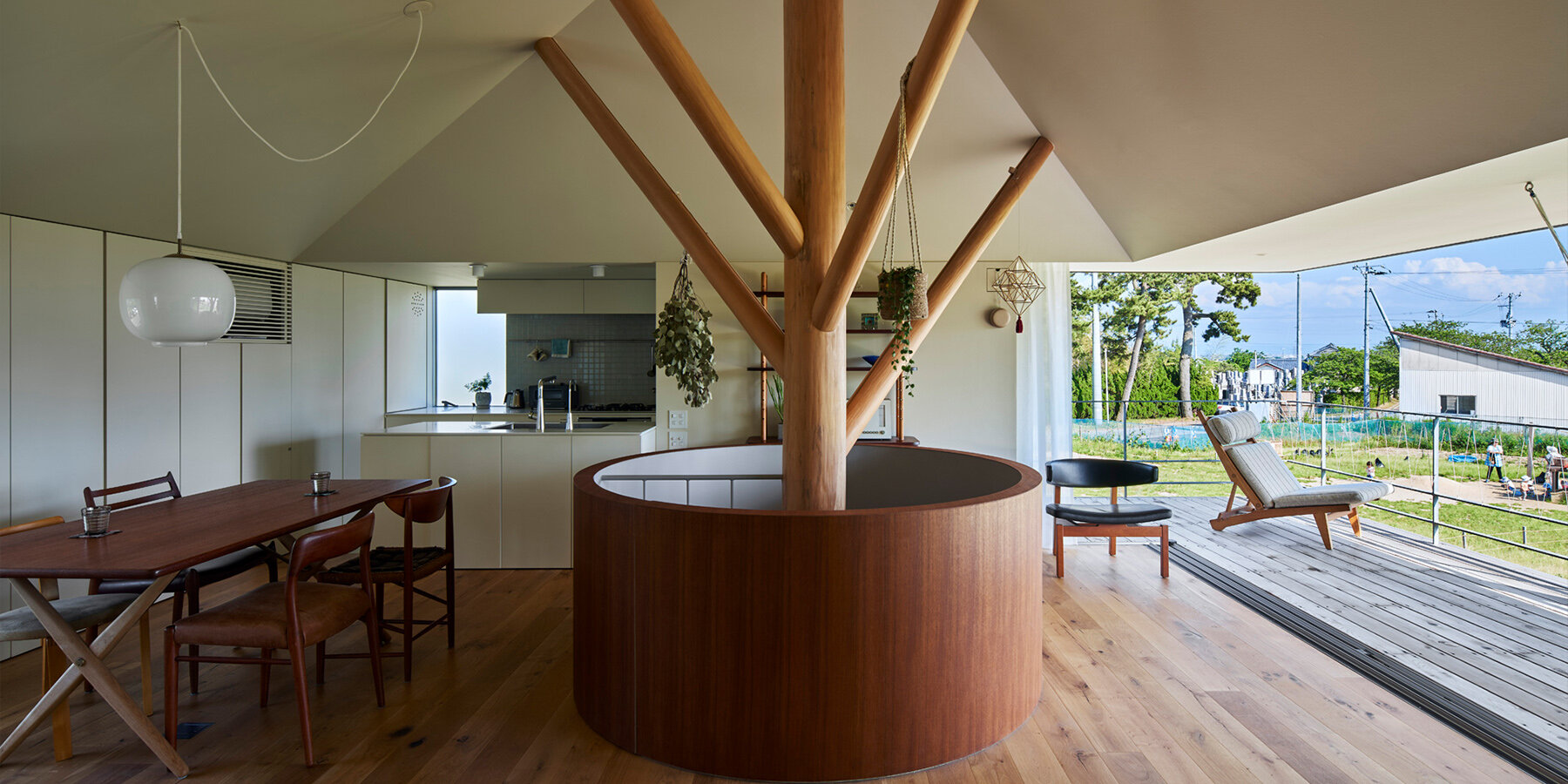
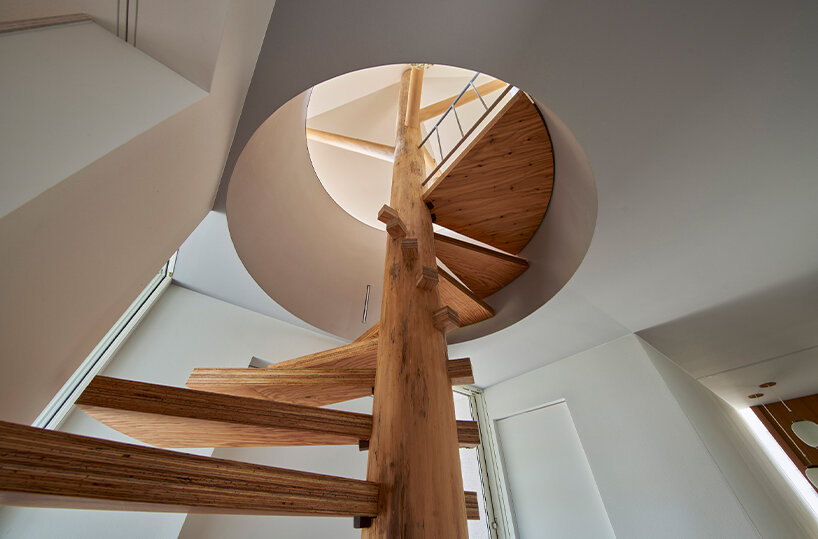
the wooden pillar connects both floors and supports the roof
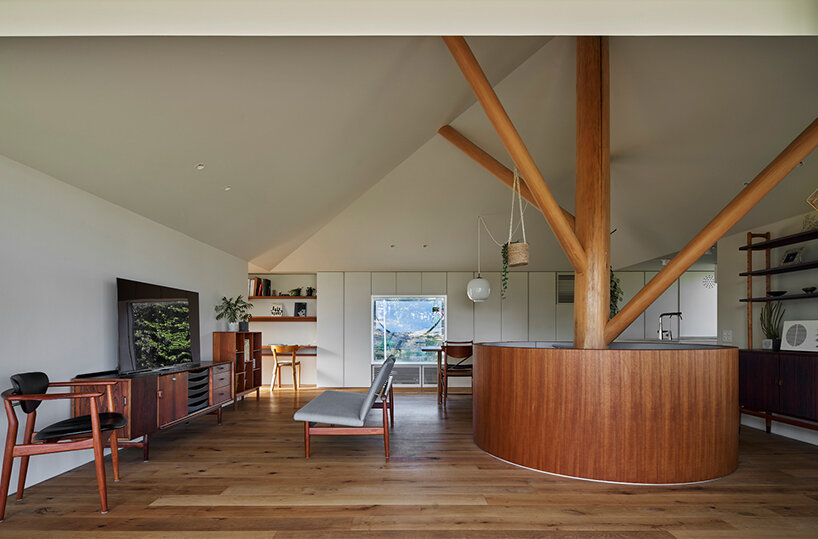
front view of the living area on the second floor
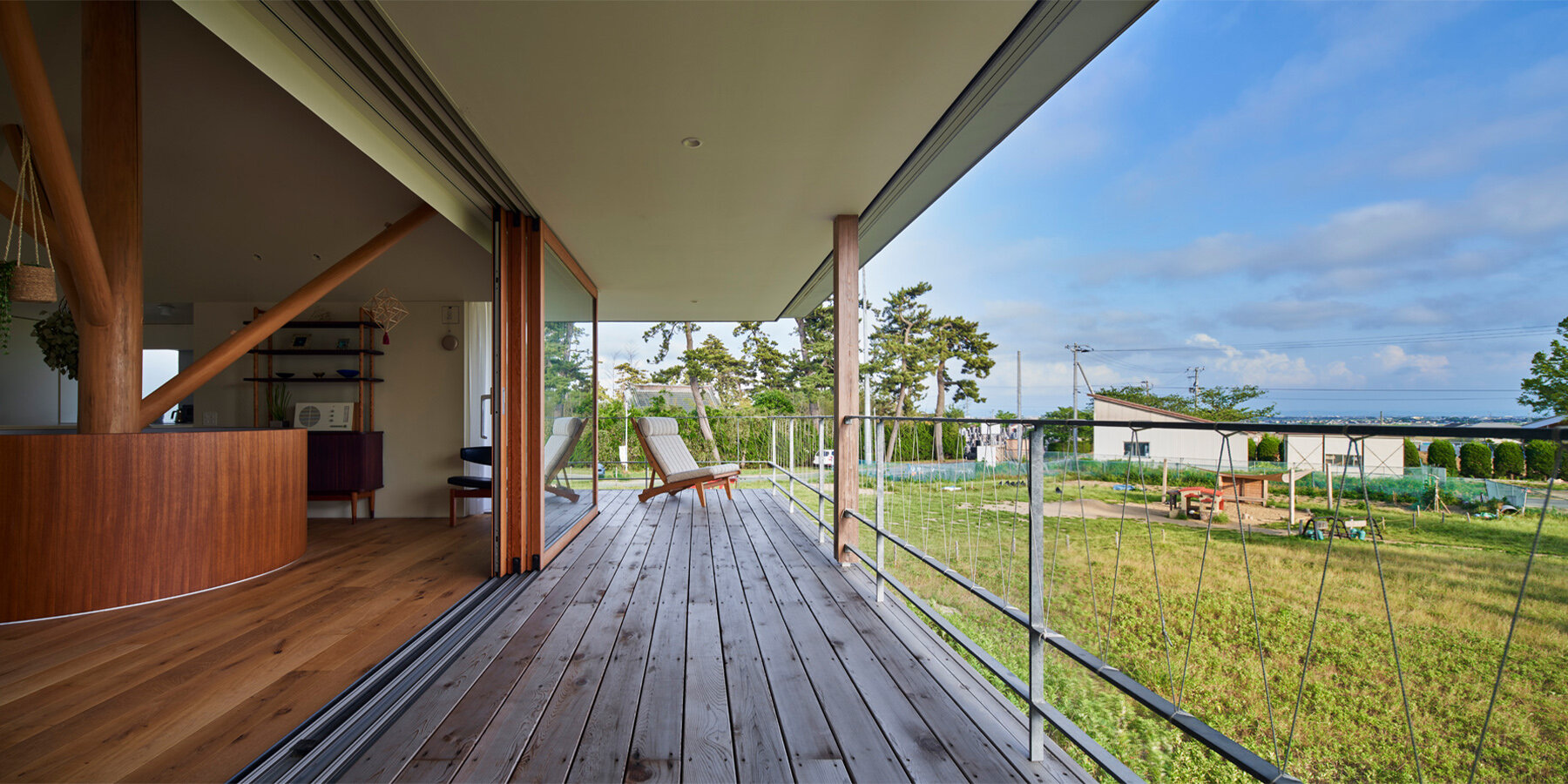
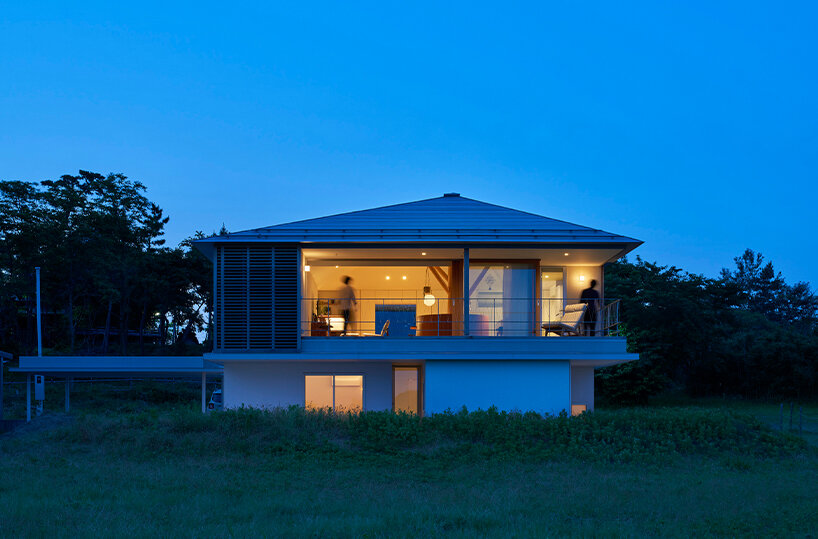
evening view of the toga house
project info:
name: toga house
year completed: 2019
location: nishi-ku, niigata-city, japan
house area: 157.89sqm
site area: 400sqm
architecture: takeru shoji architects
project architect: yuki hirano
contractor: nakamura kensetsu
structural design: tetsuya tanaka structural engineers
photography: koji fujii / TOREAL
